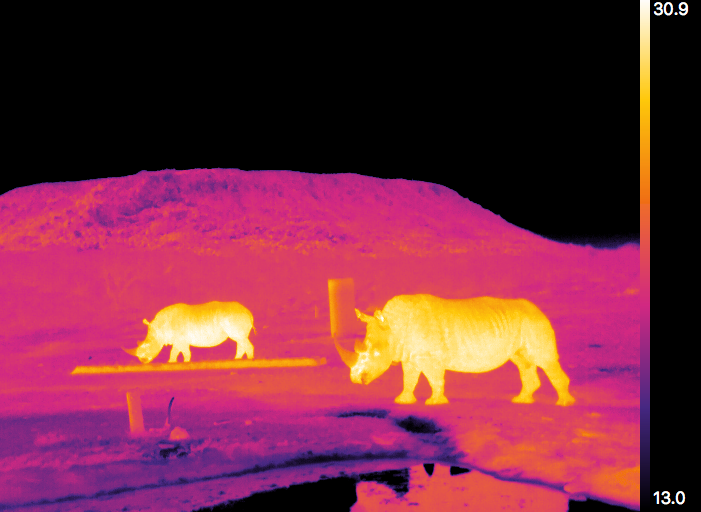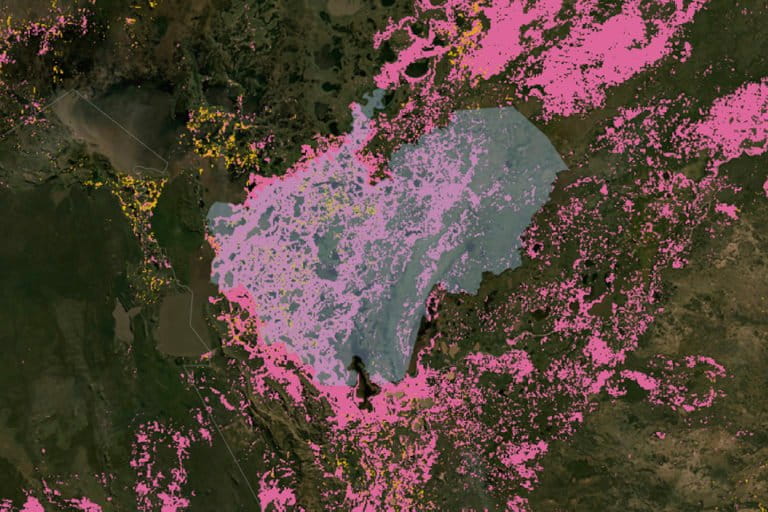A few years ago I was catching butterflies in a strip of rainforest in Panama. One day the camp welcomed a team of jet-lagged vagabonds dragging their rollers full of…
For people who fish for a living, removing bycatch from nets is a tedious task. It’s expensive, labor-intensive and causes wear to the fishing vessel and gear. For marine animals…
The Americas have a long history of occupation based on the destruction of nature and the violent massacre of native peoples, all in the name of a particular idea of…
Users of a new digital platform from nonprofit CTrees will be able to track in near-real-time the carbon stored and emitted in the world’s forests. The platform is borne out…
Healthy coral reefs, with their brightly colored corals and bustling schools of fish, are easy to spot underwater. New research into the marine soundscapes of reefs in the Sangkarang Archipelago…
Conservation apps have emerged in recent years as an efficient and cost-effective way to get citizens to monitor and document wildlife across the world. But an Australian initiative is going…
Camera traps are helping researchers get a closer look at pockets of Gabon’s forests that were previously impractical to study. The Central African country has, at 80% by some estimates,…
Think Sonoma County, and the picturesque valley and vineyards come to mind. But the locale is also home to rich and incredible biodiversity. Soundscapes to Landscapes, a biodiversity monitoring initiative…
Google and the World Resources Institute (WRI) this week announced the launch of a new mapping tool touted as providing an unprecedented level of detail about how land is being…
During what scientists have named the “Sixth Mass Extinction” (the fifth one wiped out the dinosaurs), conservationists are racing against the clock to carry out critical monitoring as quickly as…
Hydropower accounts for more than 60% of the electricity generated in Brazil. And the network of mighty rivers in the Amazon Basin is responsible for most of this potential. Today,…
As a biology undergraduate, Talia Speaker spent a grueling summer hiking around the mountains near Santa Cruz, California, interning with a team that monitored puma behavior. In one hand she…
Some people know that they want to be scientists from an early age. Not so with Sara Beery. The computer vision expert got started on her path to science in…
Threats to wildlife and wild places abound. Waters warming due to climate change threaten coral reefs more frequently and with greater intensity than ever before; the expansion of agriculture, infrastructure,…
Siã Shanenawa strikes a markedly different image from the stereotypical view of Brazil’s Indigenous people using bows and arrows as their main tools. Siã Shanenawa’s weapons of choice are drones…
Nearly 10,000 square kilometers of the Brazilian Amazon, an area the size of Lebanon, is at high risk of being cleared, according to a new tool using artificial intelligence technology…
Last month, the Cornell Lab of Ornithology announced the receipt of a $24 million donation to catalyze the field of conservation bioacoustics, which uses sound data to to understand and…
The rapidly growing field of bioacoustics received a big boost when the Cornell Lab of Ornithology announced a gift of $24 million to support its Center for Conservation Bioacoustics program,…
Between the pandemic, rising food insecurity and poverty, and catastrophic disasters like wildfires, storms and droughts, 2020 was a year of challenges that prompted widespread calls for systemic change in…
Despite the COVID-19 pandemic, 2020 has been the year of the climate commitment, with a number of companies and governments announcing plans to reduce carbon emissions by a specified level…
On a humid morning in 2019, Lily Xu watched as a patrolling ranger driving a motorbike down a remote forest road in Cambodia signaled his group to stop and pull…
When the elephant arrived in the night, on the hunt for sugarcane, Uthorn Kanthong was waiting for him. Like many of his neighbors, the 69-year-old Thai farmer had taken to…
The global spread of social media has created unparalleled opportunities for wildlife traffickers to advertise their illicit wares to potential buyers around the world. Traffickers can use platforms like Facebook…
On today’s episode of the Mongabay Newscast, we speak with Shah Selbe, an engineer and technologist who founded Conservify, a conservation tech lab that uses open-source technologies to empower local…
Tech giant Microsoft says it will go “carbon negative” by 2030; to get there, it will rely on Pachama, a startup using LIDAR and artificial intelligence to truthfully track forest carbon storage projects.
ROCHESTER, New York and RANOMAFANA NATIONAL PARK, Madagascar — Tom Snyder wants to change the way people see trees. Specifically, he wants to help donors to Seneca Park Zoo in…
The Con X Tech Prize just announced its second round will be funding 20 finalists each with $3,500 to create their first prototypes. Some 150 teams submitted ideas that use…
Underneath the ground, hidden from view, there’s a massive network of fungi and bacteria hard at work in close partnership with tree roots. In exchange for food from the trees,…
Any aquarist who has tried to grow a variety of the colorful Acropora coral in a hobby tank knows how delicate they are – “not for beginners.” And yet this…
A prototype system to identify rare species in real time using thermal-imaging cameras mounted on unmanned aircraft, or drones, passed its latest test when it successfully identified orangutans (Pongo pygmaeus)…





































